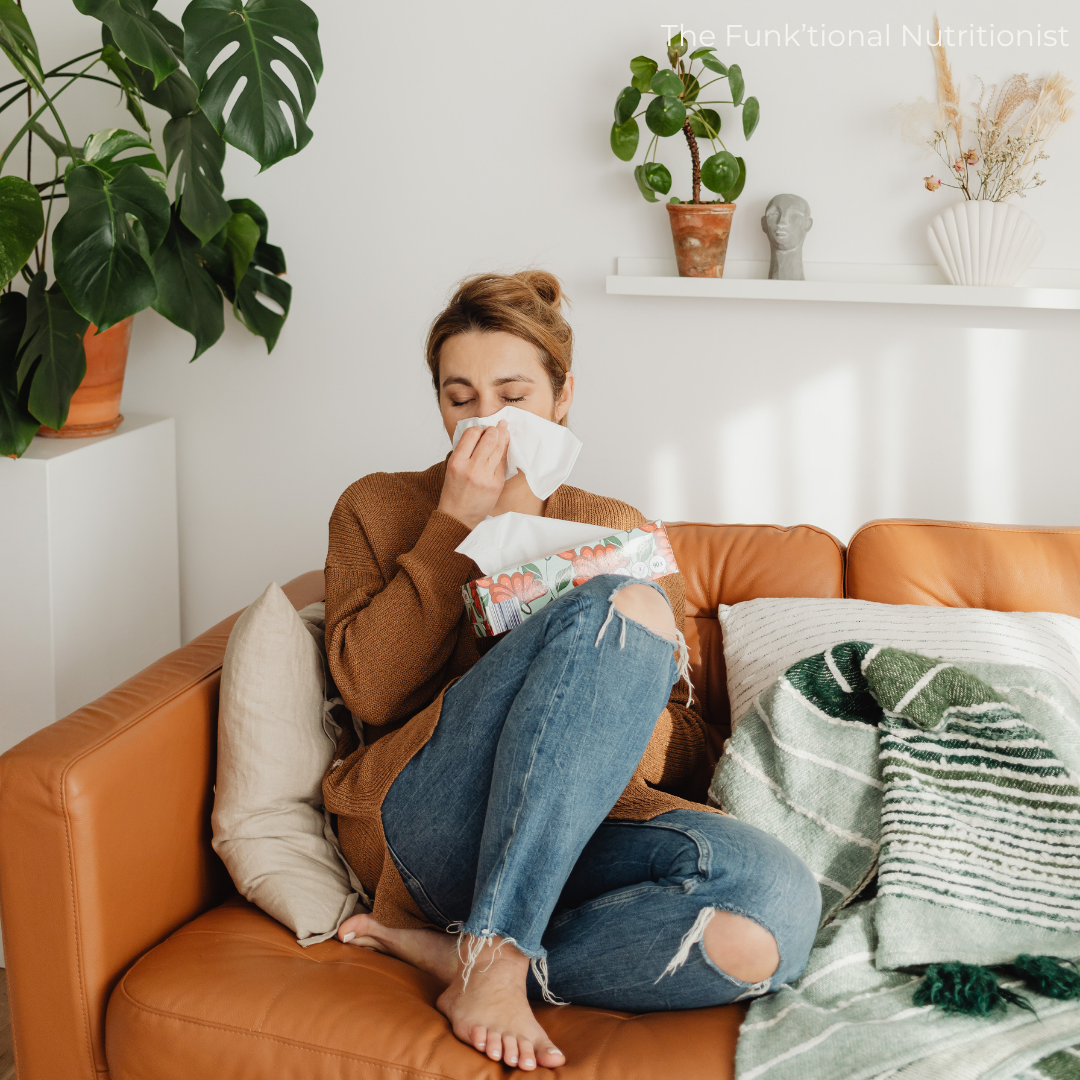Is Histamine part of the picture?
Autoimmune conditions are on the rise. Chronic symptoms are becoming more complex. And more people are turning to functional medicine not just for symptom management — but for root cause answers. One emerging (and often overlooked) piece of the immune dysregulation puzzle is histamine intolerance. This isn’t just about seasonal allergies. Histamine plays a key role in digestion, detox, inflammation, and immune response. And when things go haywire due to gut issues, mold, chronic stress, or impaired detox — histamine intolerance can show up in a wide variety of symptoms.
What Is Histamine And Why Does It Matter?
Histamine is a chemical compound released by mast cells as part of the immune response. It plays a role in:
Gut motility and acid production
Regulating sleep/wake cycles
Modulating inflammation
Helping the body respond to injury or allergens
You do need histamine, but when your body makes too much or can’t break it down efficiently, it can contribute to chronic, systemic inflammation. Histamine intolerance is what happens when histamine builds up in the body faster than it can be cleared. The symptoms can look like:
Skin flushing, hives, or itching
Anxiety, irritability, or brain fog
Dizziness or heart palpitations
Headaches or migraines
Digestive symptoms (bloating, loose stools, constipation)
Food sensitivities or reactions to fermented, aged, or leftover foods
The Gut-Histamine Connection
Here’s where things get interesting. Your gut is one of the primary regulators of histamine for both production and breakdown.
Certain gut bacteria can produce histamine
Dysbiosis or SIBO can cause histamine buildup
Gut inflammation or leaky gut can trigger the immune system to overreact to food antigens
Constipation can impair histamine clearance through the stool
Low DAO enzyme activity in the gut lining makes it harder to break down histamine from food
Detox, Stress & Histamine Overload
Histamine isn’t cleared by the gut alone, it also relies heavily on liver detox pathways. When detox is sluggish (due to genetics, nutrient deficiencies, mold exposure, medications, or chronic stress), histamine builds up. Add in nervous system dysregulation, and the body becomes hypersensitive to food, supplements, smells, and even treatments. This is why some people feel worse with complex protocols — not because the treatment is wrong, but because their body can’t clear the inflammatory load fast enough.
What Can You Do?
While there’s no one-size-fits-all approach, here are some foundational steps:
Short-term:
Try a low-histamine diet for 2–4 weeks (this is not meant to be permanent)
Support gut motility and digestion (bitters, enzymes, magnesium citrate if constipated)
Reduce histamine-rich foods (leftovers, aged cheeses, fermented foods, cured meats)
Focus on hydration, movement, and mineral balance
Be cautious with:
High-dose probiotics (some strains increase histamines)
Fermented foods (like kombucha, sauerkraut) during a flare
Pushing detox too hard, too soon
Long-term:
Address underlying gut infections and dysbiosis
Rebuild the microbiome and improve mucosal immunity
Support detox pathways
Work with a practitioner to personalize support and expand tolerance again
Want to Dive Deeper?
Check out Episode 348: The Link Between Histamine, Gut Health, and Immune System Dysregulation. Histamine intolerance is real and it's rarely just about food. If you’re dealing with unexplained symptoms, reacting to everything, or stuck in protocol overwhelm, histamine may be the thread that ties it all together. And if you’re ready for personalized support to unravel it? That’s exactly the work we do in our 1:1 Functional C.A.R.E Method™.



